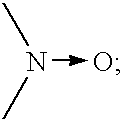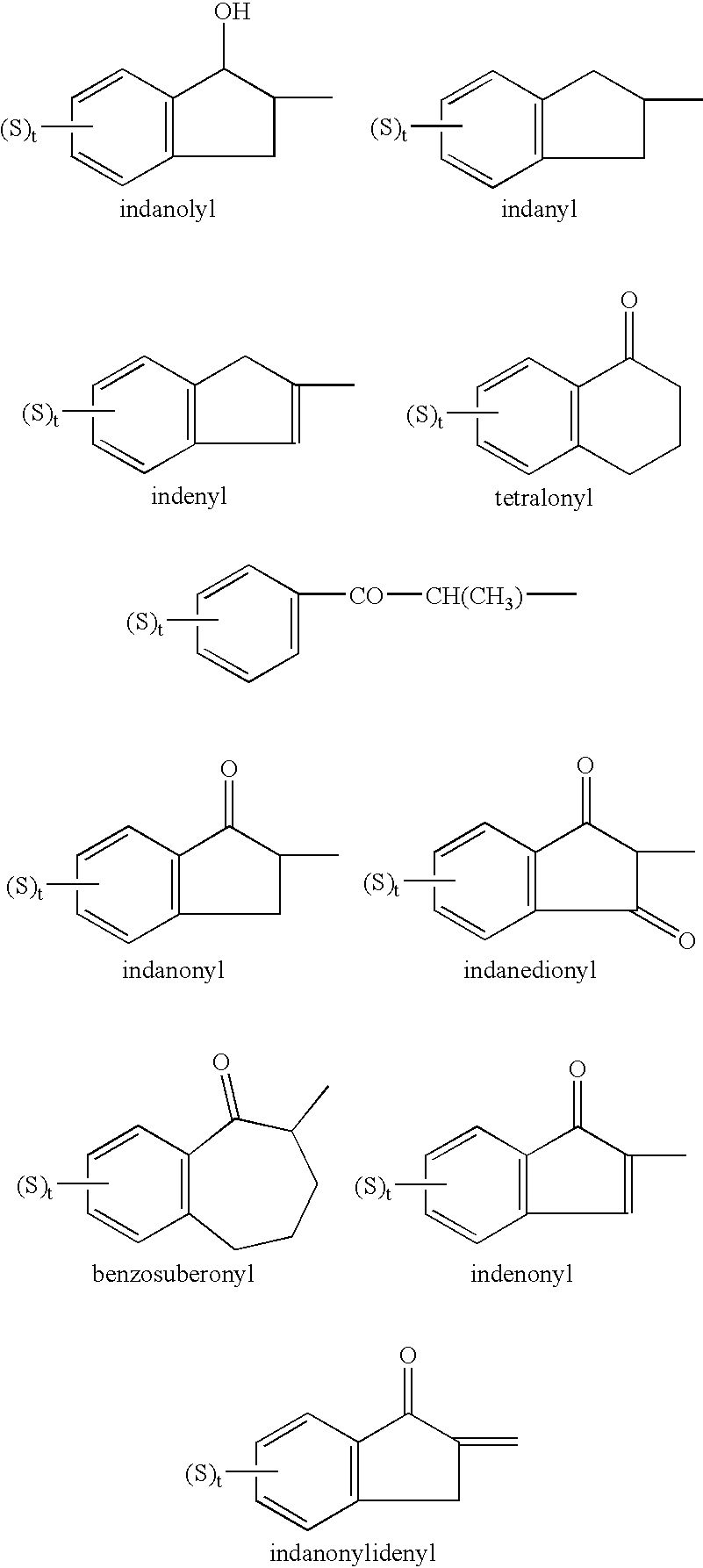Cholinesterase inhibitors to treat disorders of attention
a technology of cholinesterase inhibitors and compounds, applied in the field of cholinesterase inhibitor compounds for treating disorders of attention, can solve the problems of disorder of attention, significant public health problem, poor performance in school and work, etc., and achieve the effects of enhancing the effect of endogenous acetylcholine, reducing side effects, and reducing side effects
- Summary
- Abstract
- Description
- Claims
- Application Information
AI Technical Summary
Benefits of technology
Problems solved by technology
Method used
Image
Examples
example 1
Synthesis of Donepezil Hydrochloride
[0090]1-benzyl4-((5,6-dimethoxy-1-indanon)-2-yl)methylpiperidine
[0091]A. Preparation of First Precursor
[0092]1-benzyl4-piperidine-carboaldehyde having the formula:
[0093]
was prepared in the following way.
[0094]26 grams of methoxymethylene-triphenylphosophonium chloride was suspended in 200 ml of anhydrous ether. A 1.6M solution in hexane of n-butyl lithium was added dropwise to the suspension at room temperature. The mixture was stirred at room temperature for 30 minutes and cooled down to 0° C. Then 30 ml of a solution in anhydrous ether of 14.35 g of 1-benzyl-4-piperidone was added to the mixture. It was stirred at room temperature for 3 hours and filtrated to remove the insolubles. The filtrate liquid was concentrated at a reduced pressure. The obtained concentrate was dissolved in ether and extracted with IN hydrochloric acid. An aqueous solution of sodium hydroxide was added to the extract to give a pH value of 12, followed by extraction with ...
example 2
Utility for Attention Disorders
[0105]The effects of the cholinesterase inhibitor donepezil hydrochloride on the cognitive performance of patients with Alzheimer's disease was evaluated in a 15-week, multi-center, double-blind, placebo-controlled trial of 458 patients. This study administered donepezil hydrochloride (5 or 10 mg) or placebo to patients in a blinded fashion for a period of 24 weeks, followed by 3 weeks of single-blind placebo. Psychometric evaluations were conducted at 3 week intervals during the study. One hundred fifty patients received 5 mg doses, 156 received 10 mg doses, and 156 received a matching placebo. Effects on attention were evaluated using the Attention / Calculation element of the Mini-Mental Status Examination (MMSE). Improvement in attention and calculation performance is indicated by positive values, deterioration is indicated by negative values. The analysis of this domain of the study is presented in Table 1.
[0106]
TABLE 1MMSE-Attention and Calculation...
PUM
| Property | Measurement | Unit |
|---|---|---|
| temperature | aaaaa | aaaaa |
| attention deficit disorder | aaaaa | aaaaa |
| mental concentration | aaaaa | aaaaa |
Abstract
Description
Claims
Application Information
 Login to View More
Login to View More - R&D
- Intellectual Property
- Life Sciences
- Materials
- Tech Scout
- Unparalleled Data Quality
- Higher Quality Content
- 60% Fewer Hallucinations
Browse by: Latest US Patents, China's latest patents, Technical Efficacy Thesaurus, Application Domain, Technology Topic, Popular Technical Reports.
© 2025 PatSnap. All rights reserved.Legal|Privacy policy|Modern Slavery Act Transparency Statement|Sitemap|About US| Contact US: help@patsnap.com



